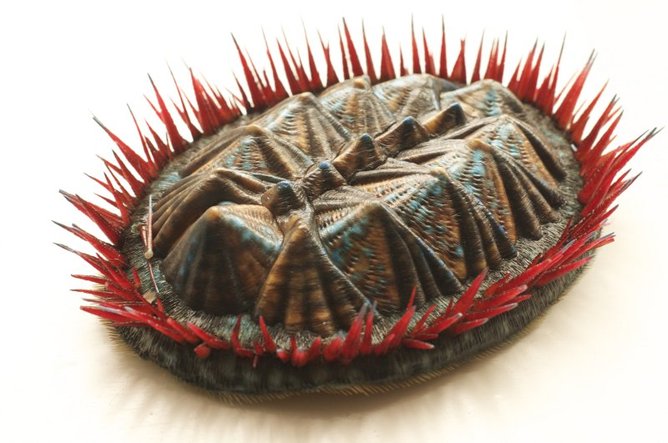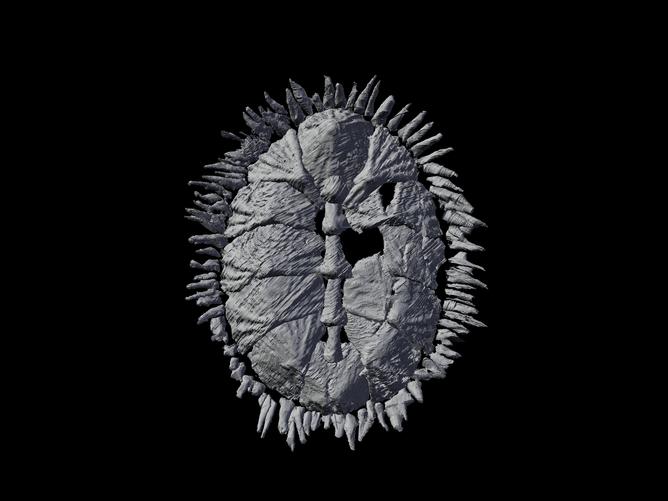
Around these parts, saying that 3D printing is the future is pretty cliche. But, say we switch things around, and talk about how 3D printing is illuminating the past.
Paleontologists, who are about as focused on the past as it gets, have started using 3D printing technology to create models of mollusks. For those not up on their invertebrates, mollusks are the largest marine phylum, and account for 23% of named marine organisms. To learn more about a new species in an extinct group of mollusks, University of Texas paleontologists, led by Jakob Vinther, studied a 390 year old fossil using CT scanning, DNA-based dating, computer reconstruction, and, to make actual models of the organisms, 3D printing.
To overcome the difficulty of studying the fossil, which was partly encased in rock, the team used x-ray micro-tomography (essentially taking multiple CT scans while rotating the fossil) to build a 3D digital model of the mollusk. Then, by using reconstruction software, they were able to correct for fossil degradation and shifts in the placement of parts of the creature. The result was a more accurate 3D model.
Now the really fun part. Vinther and his colleagues then created a replica of the mollusk using a 3D printer, at 12 times the size of the original. The resulting model allowed the scientists to get a more complete picture of the anatomy of the extinct mollusk, and test hypothesis’ about it’s evolutionary path.
Replicating mollusks for science seems harmless enough, and I applaud the research. Lets just not get carried way with building the robotic dinosaurs please.
Via: The Conversation Images: Jakob Vinther/University of Texas




This made me think of something (somewhat off topic), however if there was a way to scan and print, or even just accurately model, blood cells, germs, bacteria, etc, they could really aid and assist in classroom discussion. A large-scale, tactile representation of something otherwise un-viewed (aside from using a microscope).